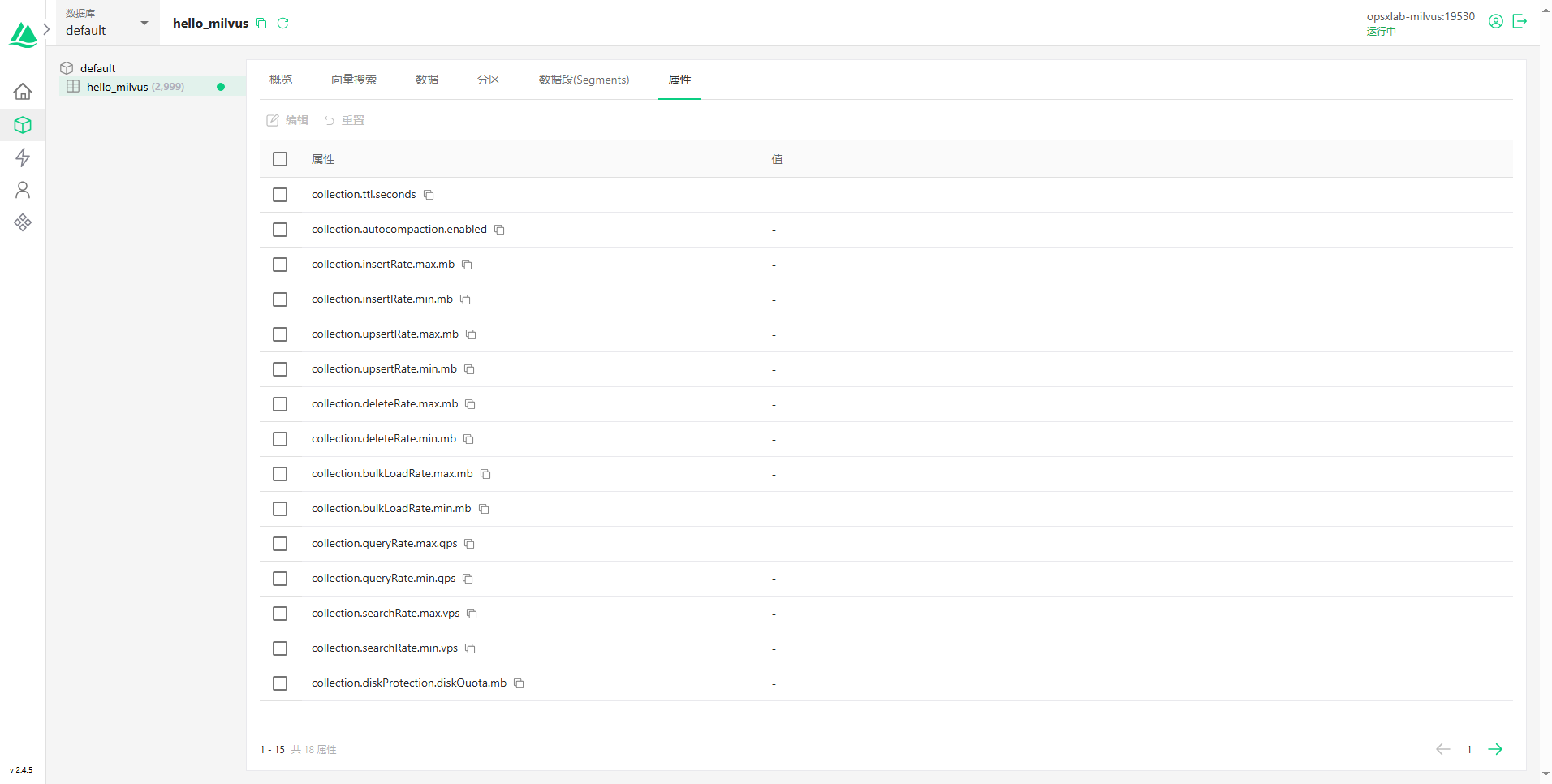8.1、string类简介
现在可以用string类型的变量而不是字符数组来存储字符串,string类也用的会比数组简单,同时提供了将字符串作为一种数据类型的表示方式。
要使用string类,必须在程序中包含头文件string。string类位于名称空间std中,因此像输入或输出一样输入。
#include <iostream>
#include <string>
int main()
{using namespace std;char charr1[20];char charr2[20] = "jaguar";string str1;string str2 = "panther";cout << "Enter a kind of feline: ";cin >>charr1;cout << "Enter another kind of feline: ";cin >> str1;cout << "Here are some felines: " << endl;cout << charr1 << " " << charr2 << " "<< str1 << " " << str2 << endl;cout << "The third letter in " << charr2 << " is "<< charr2[2] << endl;cout << "The third letter in " << str2 << " is "<< str2[2] << endl;return 0;
}
这是这段程序的运行结果。可以看出使用string对象方式与使用字符数组相同:
(1)可以使用C风格字符串来初始化string对象;
(2)可以使用cin来将键盘输入存储到string对象中;
(3)可以使用cout来显示string对象;
(4)可以使用数组表示法来访问存储在string对象中的字符。
string对象和字符数组之间的主要区别是,可以将string对象声明为简单变量,而不是数组。类设计让程序能够自动处理string的大小。例如str1的声明创建一个长度为0的string对象。但程序将输入读取到str1中时,将自动调整str1的长度。这使得与使用数组相比,使用string对象更方便,更安全。
从理论上说,可以将char数组视为一组用于存储一个字符串的char存储单元,而string类变量是一个表示字符串的实体。
8.1.1、C++11字符串初始化
C++11也允许将列表初始化用于C风格字符串和string对象:
string third_date={"The break bowl"};8.1.2、赋值、拼接和附加
使用string类时,可以将string对象赋给另一个string对象:
char charr1[20];
char charr2[20]="jaguar";
string str1;
string str2="panther";
str1=str2;string类简化了字符串合并操作,可以使用运算符+将两个string对象合并起来,还可以使用运算符+=将字符串附加到string对象的末尾。下面程序演示了这些用法:
#include <iostream>
#include <string>
int main()
{using namespace std;string s1 = "penguin";string s2, s3;cout << "You can assign onr string object to another:s2=s1" << endl;s2 = s1;cout << "s1: " << s1 << ",s2: " << s2 << endl;cout << "You can assign a C-style string to a string object." << endl;cout << "s2=\"buzzard\"" << endl;s2 = "buzzard";cout << "s2: " << s2 << endl;cout << "You can concatenate strings:s3=s1+s2" << endl;s3 = s1 + s2;cout << "s3: " << s3 << endl;cout << "You can append strings." << endl;s1 += s2;cout << "s1+s2 yields s1= " << s1 << endl;s2 += " for a days";cout << "s2+=\"for a day \"yields s2= " << s2 << endl;return 0;
}
转义序列\"表示双引号,而不是字符串结尾。
8.1.3、string类的其他操作
#include <iostream>
#include <string>
#include <cstring>
int main()
{using namespace std;char charr1[20];char charr2[20] = "jaguar";string str1;string str2 = "panther";str1 = str2;strcpy(charr1, charr2);str1 += " paste";strcat(charr1, " juice");int len1 = str1.size();int len2 = strlen(charr1);cout << "The string " << str1 << " contains "<< len1 << " characters." << endl;cout << "The string " << charr1 << " contains "<< len2 << " characters." << endl;return 0;
}
处理string对象的语法通常比使用C字符串函数简单,例如:
str3=str1+str2;而C风格字符串则需要:
strcpy(charr3,charr1);
strcpy(charr3,charr2);
如果使用字符数组时,存在目标数组过小,使用strcat()函数将导致程序出现问题,而string类具有自动调整大小的功能。
8.1.4、string类I/O
下面给一个程序
#include <iostream>
#include <string>
#include <cstring>
int main()
{using namespace std;char charr[20];string str;cout << "Length of string in charr before input: "<< strlen(charr) << endl;cout << "Lenth of string in str before input: "<< str.size() << endl;cout << "Enter a line of text:" << endl;cin.getline(charr, 20);cout << "You entered: " << charr << endl;cout << "Enter another line of text:" << endl;getline(cin, str);cout << "You enter: " << str << endl;cout << "Lenth of string in charr after put: "<< strlen(charr) << endl;cout << "Lenth of string in str after put: "<< str.size() << endl;return 0;
}
在用户输入之前,该程序指出数组charr中的字符串长度为54,有人会感到疑惑。这里给出说明:未初始化的数组的内容是未定义的,其次strlen()从数组的第一个元素开始计算字节数,直到遇到空字符,因此每个人的都会不同。(未被初始化的string对象长度默认为0)
cin.getline(charr,20);
还记得吗,cin是一个istream对象。这种句点表示法表明,函数getline()是istream类的一个类方法,第一个参数是目标数组,第二个参数是数组长度,getline()使用它来避免超越数组的边界。
getline(cin,str);这里没有用句点表示法,这表明这个getline()不是类方法。它将cin作为参数,指出到哪里去寻找输入。因为string对象将根据字符串的长度自动调节自己的大小,所以不用指出字符串长度的参数。
为何两个getline函数用法不同,在引入string类之前,C++早就有istream类,因此没有考虑到string类型,没有处理string对象的类方法。
嗯其他后面会提,反正




















